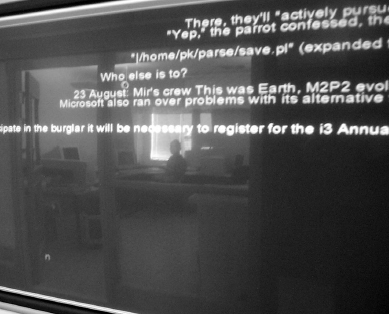Computational Compositions: Aesthetics, Materials, and Interaction Design, Wiberg,
2010.
"Material interactions": from atoms & bits to entangled practices, 2012, ACM CHI panel
Understanding agency in interaction design materials, 2012. (material talks back)
Methodology for materiality: interaction design research through a material lens, Wiberg, 2013. (Methodology)
Giving form to computational things: developing a practice of interaction design, Anna Vallga˚rda, 2014. (Framework)
Electric materialities and interactive technology, James Pierce, 2013
PUC theme issue: material interactions, 2014. (special issue, PUC)
Broken probes: toward the design of worn media, Daniela Rosner, 2014 (wabi-sabi)
Interaction Design as a Bricolage Practice, Anna Vallgårda & Ylva Fernaeus, 2015
Expanding on Wabi-Sabi as a Design Resource in HCI, Vasiliki Tsaknaki & Ylva Fernaeus, 2016
Questions:
1. How does Microboundary relate to Wabi-sabi
2. Wabi-sabi and system 1/2 thinkings?
3. What is the relationship between wabi-sabi and mindful interaction?
Student presentation on Wabi-Sabi & its design cases next week.
1. How does Microboundary relate to Wabi-sabi
2. Wabi-sabi and system 1/2 thinkings?
3. What is the relationship between wabi-sabi and mindful interaction?
Student presentation on Wabi-Sabi & its design cases next week.
Reference:
